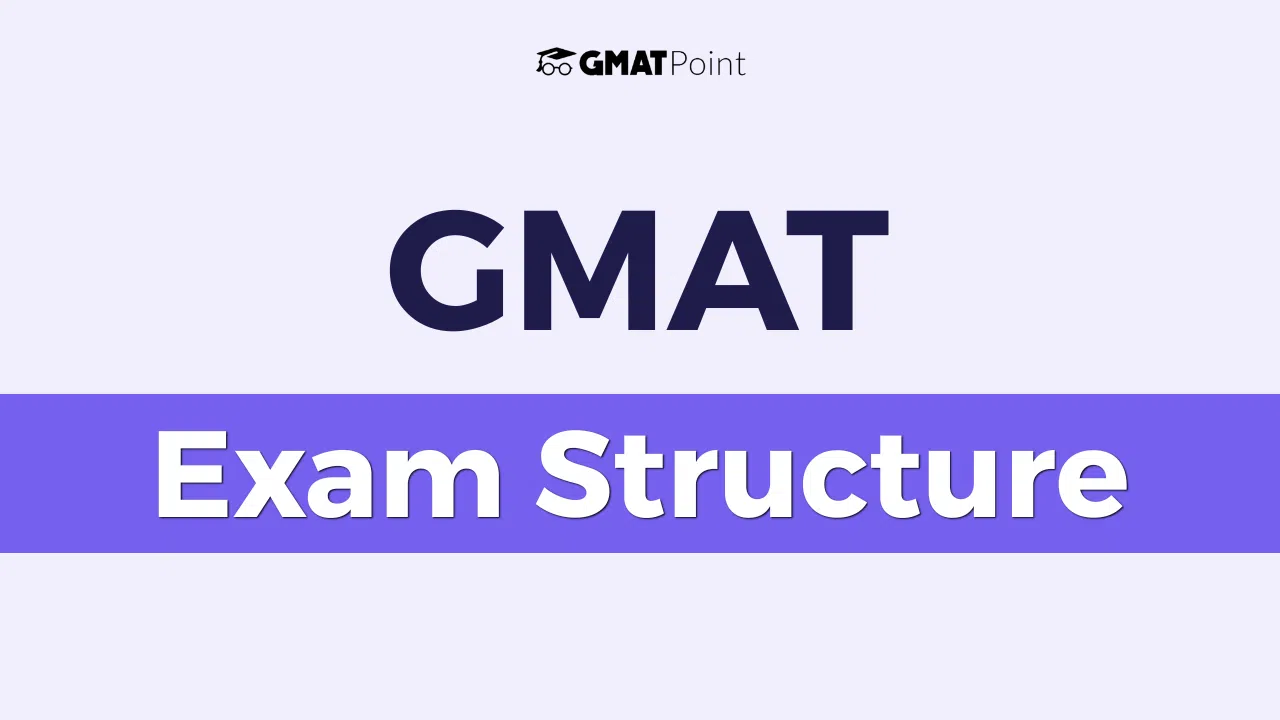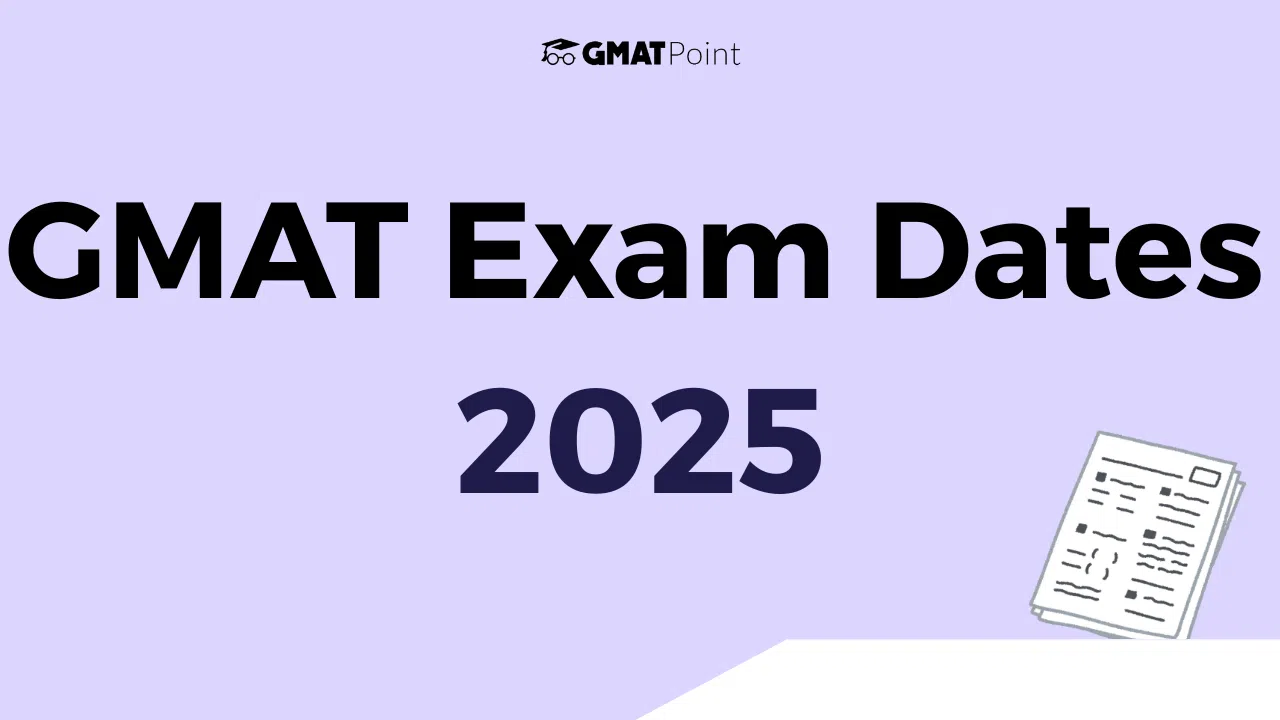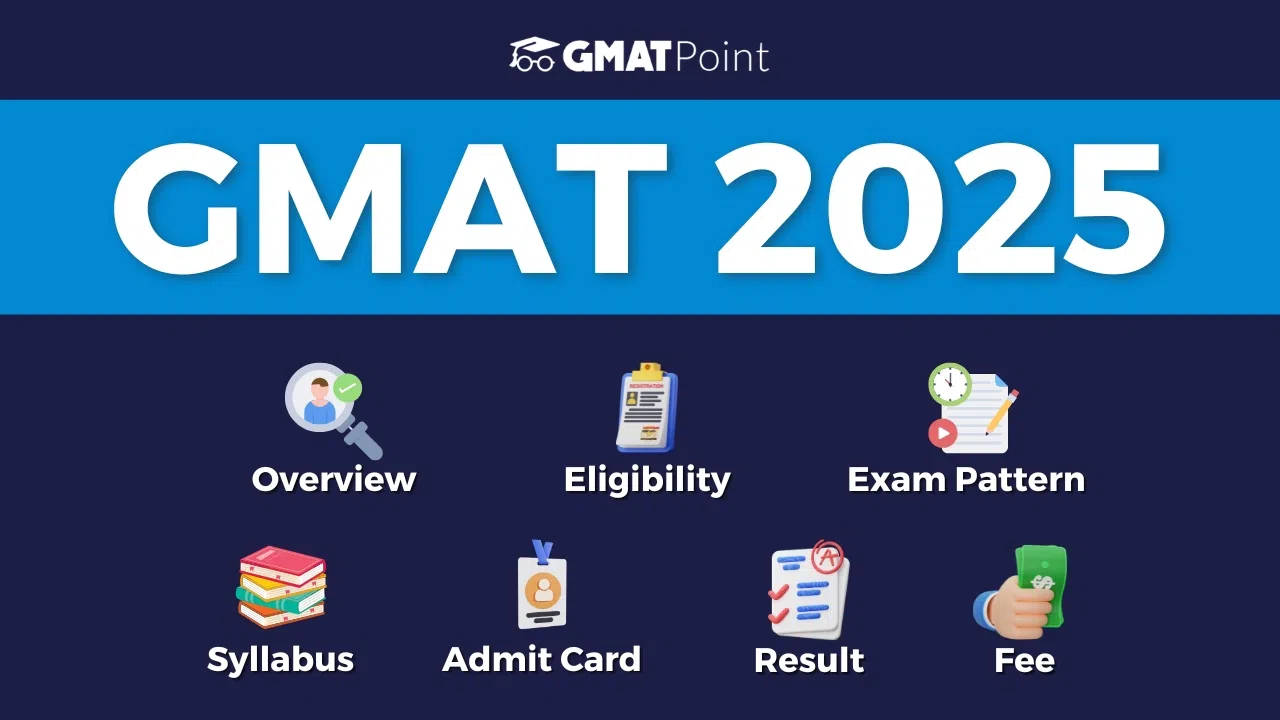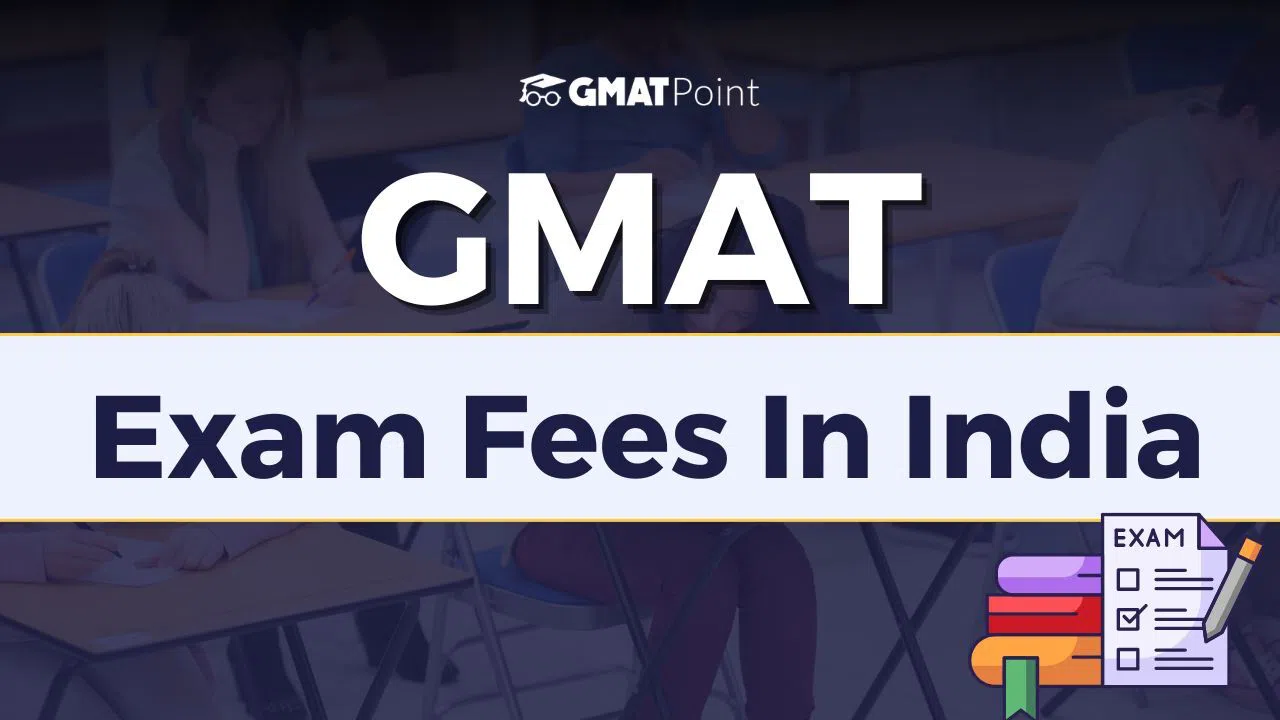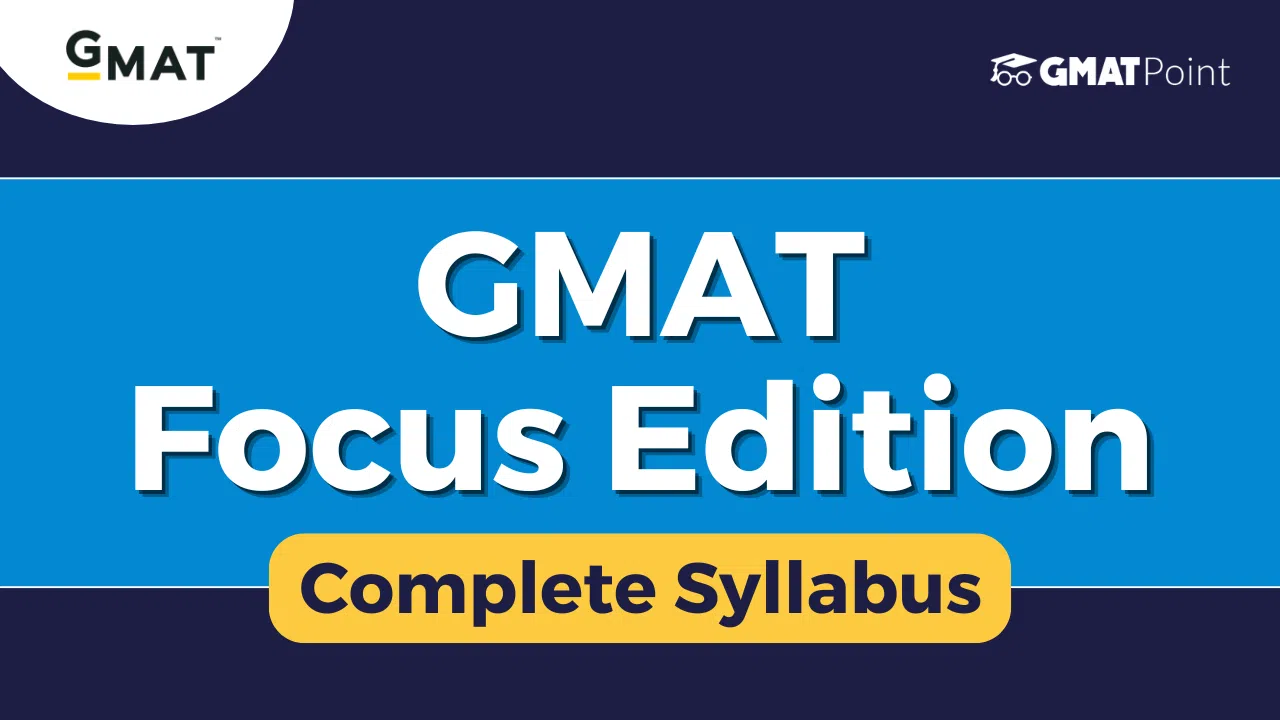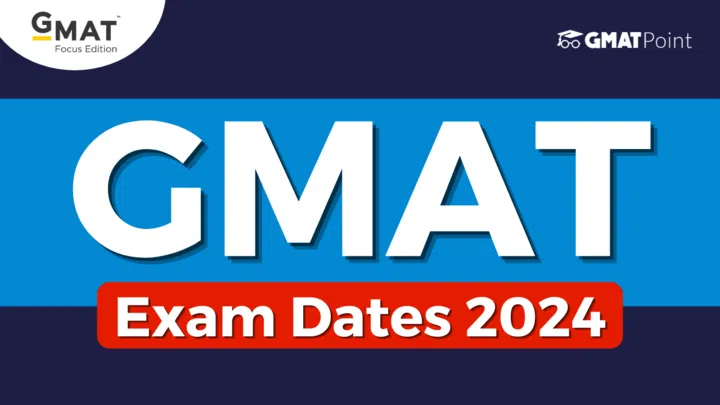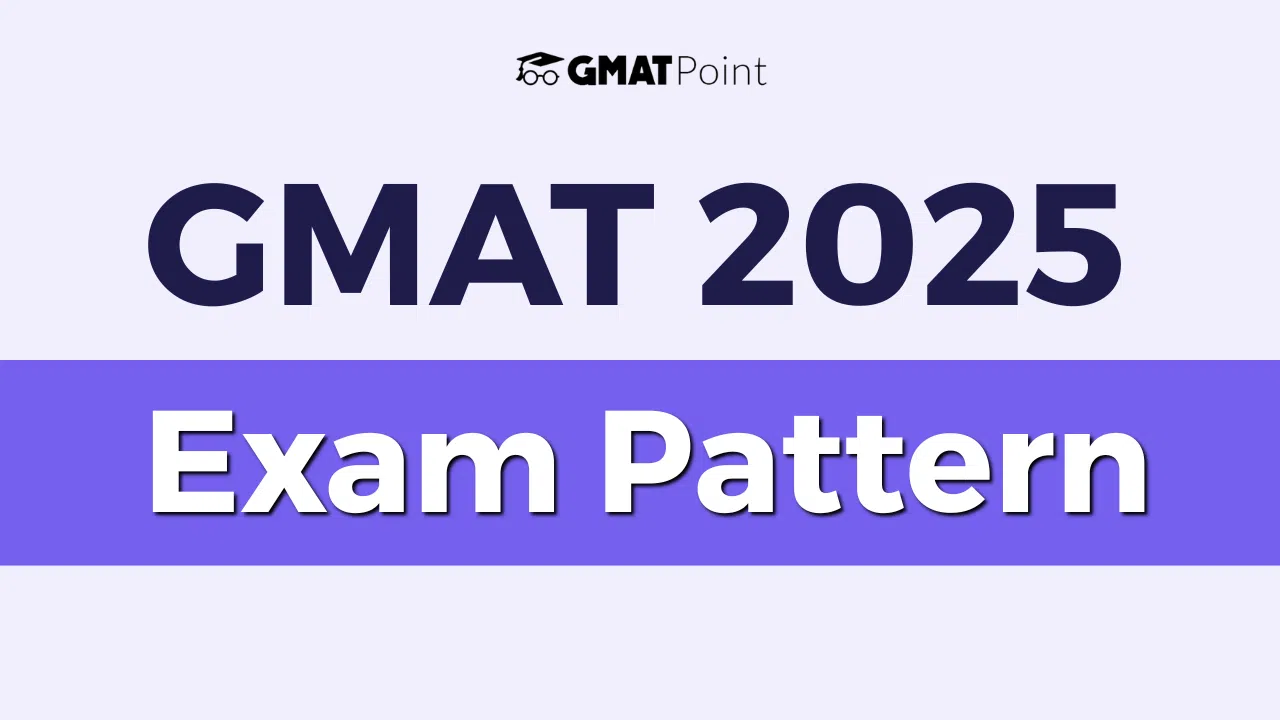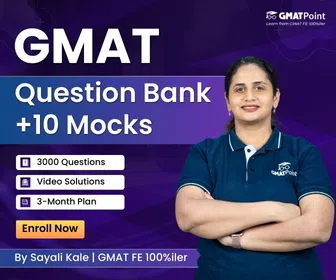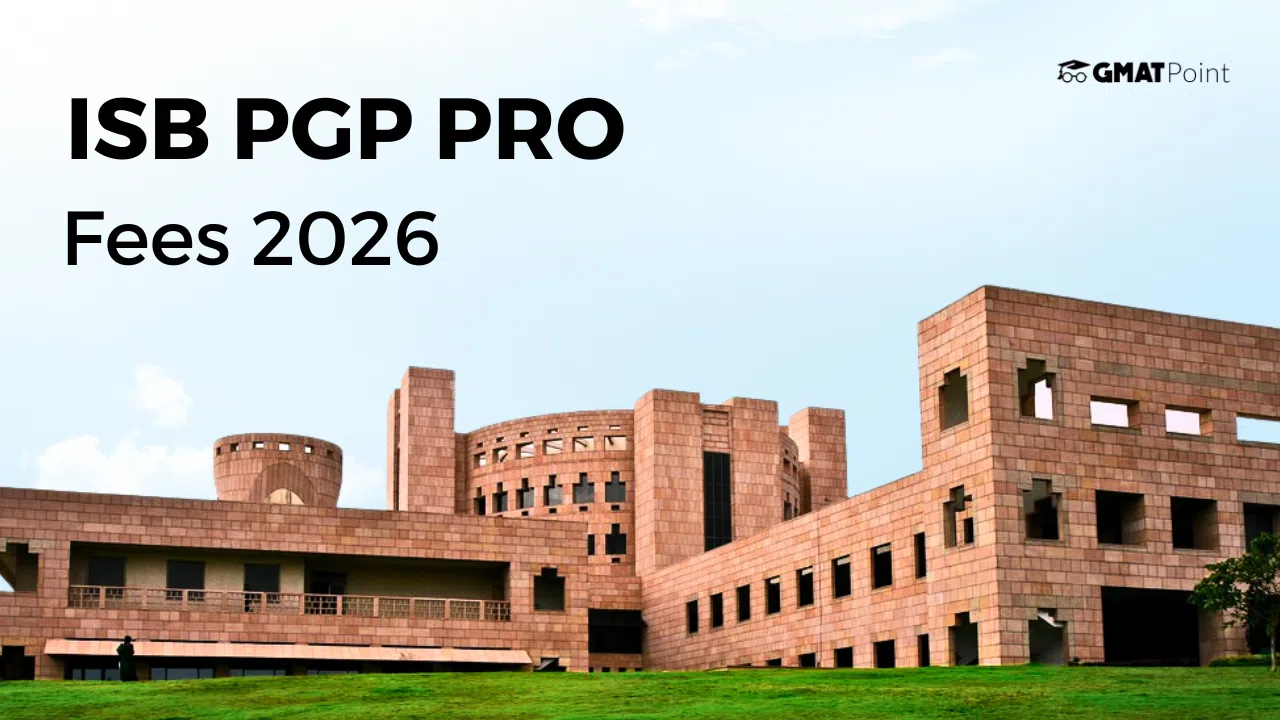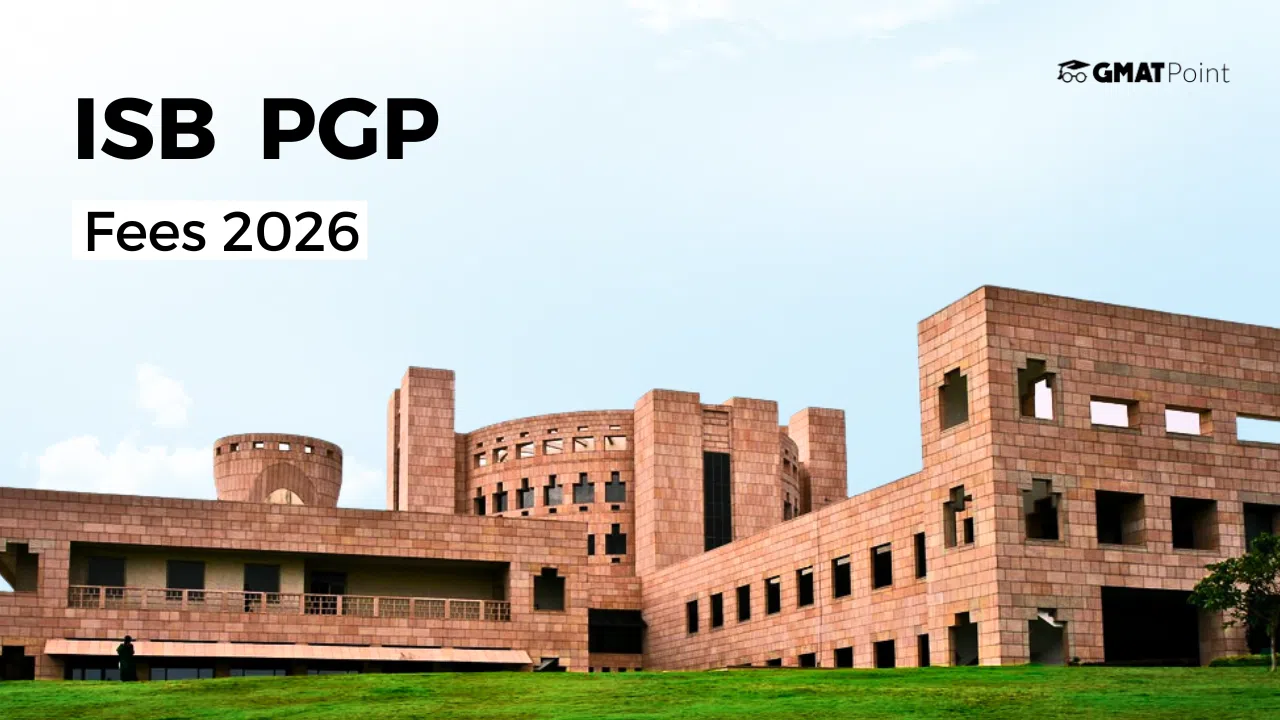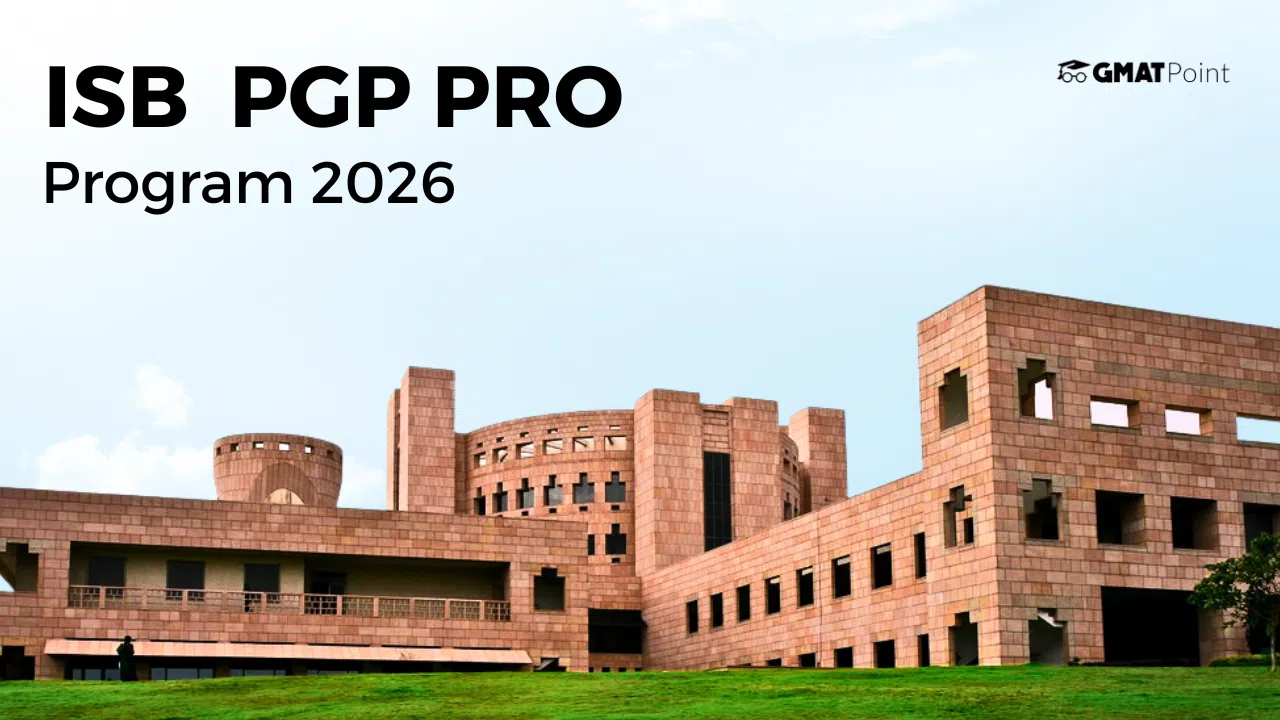GMAT Exam Structure 2026
The GMAT exam is a test of skill. It lasts 2 hours and 15 minutes. It measures the abilities you need to succeed in graduate management programs. The test has 64 questions. These are divided into three parts: Quantitative Reasoning, Verbal Reasoning, and Data Insights. Each part, or section, is exactly 45 minutes long. This design creates a balanced and focused experience.
This streamlined GMAT exam structure is intentional. The Graduate Management Admission Council (GMAC) made changes. They removed the essay section. They redesigned the test to reduce fatigue. The new focus? Skills in higher-order reasoning and data literacy. The outcome is an exam that more accurately represents the analytical requirements of
Overview of the GMAT Exam Structure
All three sections of the GMAT are computer-adaptive. This technology is like a personal tutor. It adjusts the difficulty of questions based on your answers. Answer a question correctly, and the next one gets harder. Answer incorrectly, and it gets easier. This method makes the GMAT a very efficient and precise tool for measuring your abilities.
The exam also includes several features to give you more control. A better testing experience.
- Select Section Order: You can choose the order of the three sections. Want to tackle the math part first? You can. Would you prefer to save the verbal questions for last? That is also an option. There are six possible combinations. This allows you to match the test flow to your personal strategy.
- Question Review & Edit: This is a major update. You can bookmark questions you are not sure about. At the end of the section, a review screen appears. If you have time left, you can go back. You can revisit any question, but you can only change up to three answers per section.
- Optional Break: The exam has one optional 10-minute break. You can take it after the first section. Or you can take it after the second. This gives you a flexible chance to recharge when you need it most.
These features change how you should approach the test. Time management is not just about speed anymore. It is about strategy. Try to save a few minutes at the end of each section. Why? To use the review screen effectively. The last three minutes can be the most important. The flexible section order is also a powerful tool. It lets you start with a section that builds your confidence. Or you can tackle your weakest area while your mind is fresh.
Also Take, GMAT Mock Test
Sections in the GMAT Exam Structure
The GMAT has three sections. Each is equally important. Each test tests a different set of skills. The test makers removed some topics from the old GMAT. This has created a more focused and relevant exam.
Quantitative Reasoning
This section tests your math skills. It measures your ability to solve problems and reason with numbers. The focus is now on two main areas: algebra and arithmetic.
- Format: 21 problem-solving questions. You have 45 minutes to complete them.
- Content: You will see topics like linear and quadratic equations, functions, and number properties. Also, ratios, percents, probability, and combinatorics.
- What Was Removed: Traditional geometry questions are gone. However, you might still see coordinate geometry, as it falls under algebra. Data Sufficiency questions were moved to the Data Insights section.
Verbal Reasoning
This section tests your reading skills. Can you understand written material? Can you evaluate arguments? That is what it measures.
- Format: 23 questions in 45 minutes.
- Content: It has two types of questions. Reading Comprehension uses passages up to 350 words. Critical Reasoning asks you to analyse short logical arguments.
- What Was Removed: Sentence Correction questions have been eliminated. The focus is now entirely on logic and comprehension.
Data Insights
This is the newest section. It was designed to measure data literacy. This is a vital skill in today's business world. It is a mix of question types from the old Integrated Reasoning and Quantitative sections.
- Format: 20 questions in 45 minutes.
- Content: This section has five different question types. Data Sufficiency. Multi-Source Reasoning. Table Analysis. Graphics Interpretation. Two-Part Analysis. You will have an on-screen calculator available for this section only.
The new Data Insights section is a big deal. So is the removal of Sentence Correction and Geometry. The exam has pivoted. It now values applied reasoning and data analysis more than rule-based knowledge. All three sections are 45 minutes long. They all contribute equally to the total score.
Read More: GMAT Exam Pattern 2025
Why Understanding the GMAT Exam Structure Matters
It's not enough to just know the rules of the GMAT. It's about making a plan that will work. Understanding the format, timing, and features lets you use the test's design to your advantage.
- Develop Strategic Pacing: You have a set number of questions and a fixed time for each section. This allows you to set pacing goals. For example, you have about 2 minutes and 8 seconds for each Quant question. But you have a little less for Verbal, about 1 minute and 57 seconds. Knowing these numbers helps you stay on track. It enables you to avoid the stress of running out of time.
- Leverage Section Order: Choosing your section order is a powerful tool. You could start with your best subject to build confidence. Alternatively, you could target your weakest section first, when you are most alert. There is no single correct order. The best choice is a personal one. You can find it by taking several full-length practice exams.
- Master the Review & Edit Feature: This feature is a strategic safety net. Imagine you hit a very hard question. It will take too much time. You can make a smart guess, bookmark it, and move on. This approach lets you save time for questions you can solve more easily. At the end, you can use your saved time to revisit those tough questions. But you must be smart about it. You can only change three answers. This system rewards test-takers who are flexible and strategic.
Gmat exam structure for mba
The GMAT exam structure is designed to predict success in an MBA program. Admissions committees do not just look at your total score. They look at how the test's structure tests the basic skills that are needed for a business curriculum. The test is like the problems you will have to solve in business school.
- Quantitative Reasoning: This part tests the math skills you need for classes like finance, accounting, and operations. If you do well, it means you can handle tough maths classes.
- Verbal Reasoning: There is a lot of talking in an MBA program. You will read and analyse complex case studies. You will participate in class debates. The Verbal Reasoning section measures your ability to do just that.
- Data Insights: This is the most direct link to a modern MBA. Business today is driven by data. The Data Insights section was created to measure your data literacy, your ability to interpret charts, analyze tables, and synthesize information to make decisions.
Top MBA programs are very competitive. Their GMAT scores show this. Your application is judged on many factors, but a good score is crucial.
Business School | Average/Median GMAT (Latest Class) | Approx. GMAT Focus Equivalent |
Stanford GSB | 738 (Classic) | ~685 |
Wharton (UPenn) | 676 (Focus) | ~676 |
Harvard Business School | 740 (Classic Median) | ~695 |
Columbia Business School | 732 (Classic) | ~685 |
INSEAD | ~708 (Classic) | ~655 |
London Business School | ~702 (Classic) | ~645 |
Read More: Top Colleges Accepting GMAT Scores In India 2025
Time Duration and Number of Questions in Each Section
The GMAT exam is built for efficiency. The total test time is 2 hours and 15 minutes. This does not include the one optional 10-minute break. The exam has 64 questions in total. All of them are multiple-choice.
The structure is perfectly balanced. Each section is 45 minutes long. This design shows that quantitative, verbal, and data skills are all equally important. The breakdown is key to planning your pace.
Section | Number of Questions | Time Duration (minutes) | Average Time per Question |
Quantitative Reasoning | 21 | 45 | ~2 min, 8 sec |
Verbal Reasoning | 23 | 45 | ~1 min, 57 sec |
Data Insights | 20 | 45 | ~2 min, 15 sec |
Read More: GMAT Syllabus 2025, Exam Pattern, Section-Wise Syllabus PDF
GMAT Focus Edition vs Old GMAT: Structure Comparison
The GMAT Focus Edition arrived in late 2023. It fully replaced the old GMAT in early 2024. The goal of the redesign was simple. Make the exam shorter, more flexible, and more relevant to business. The structural changes are large.
Feature | GMAT Focus Edition (Current) | Old GMAT (Retired) |
Total Duration | 2 hours 15 minutes | 3 hours 7 minutes |
Sections | 3: Quant, Verbal, Data Insights | 4: Quant, Verbal, IR, AWA |
Total Questions | 64 | 80 |
Content Removed | Analytical Writing (AWA), Sentence Correction, Geometry | All content was included |
Key Section Change | Data Insights is a fully weighted core section | Integrated Reasoning was scored separately |
Scoring Scale | 205-805 | 200-800 |
Question Review & Edit | Yes, change up to 3 answers per section | No |
Section Order | Fully flexible (6 options) | Limited fixed options |
Score Report | Detailed report included for free | Enhanced report required an extra fee |
Read More: GMAT Sample Paper 2025, Practice Tests With Solutions PDF
GMAT Exam Structure 2026: Conclusion
The redesigned GMAT exam structure is more than just a format update; it reflects what business schools truly value. With its three core sections, Quantitative Reasoning, Verbal Reasoning, and Data Insights, the GMAT now tests practical problem-solving, logical reasoning, and data interpretation skills. This streamlined approach ensures that your score represents your readiness to handle real-world challenges in an MBA classroom.
Moreover, the shorter 2-hour 15-minute duration, flexible section order, and the new review-and-edit feature make the GMAT more test-taker-friendly. Understanding this structure helps you create a time management strategy that fits your strengths. Whether your goal is Harvard, Wharton, or ISB, mastering the GMAT format is your first step toward a strong application and a successful MBA journey.
